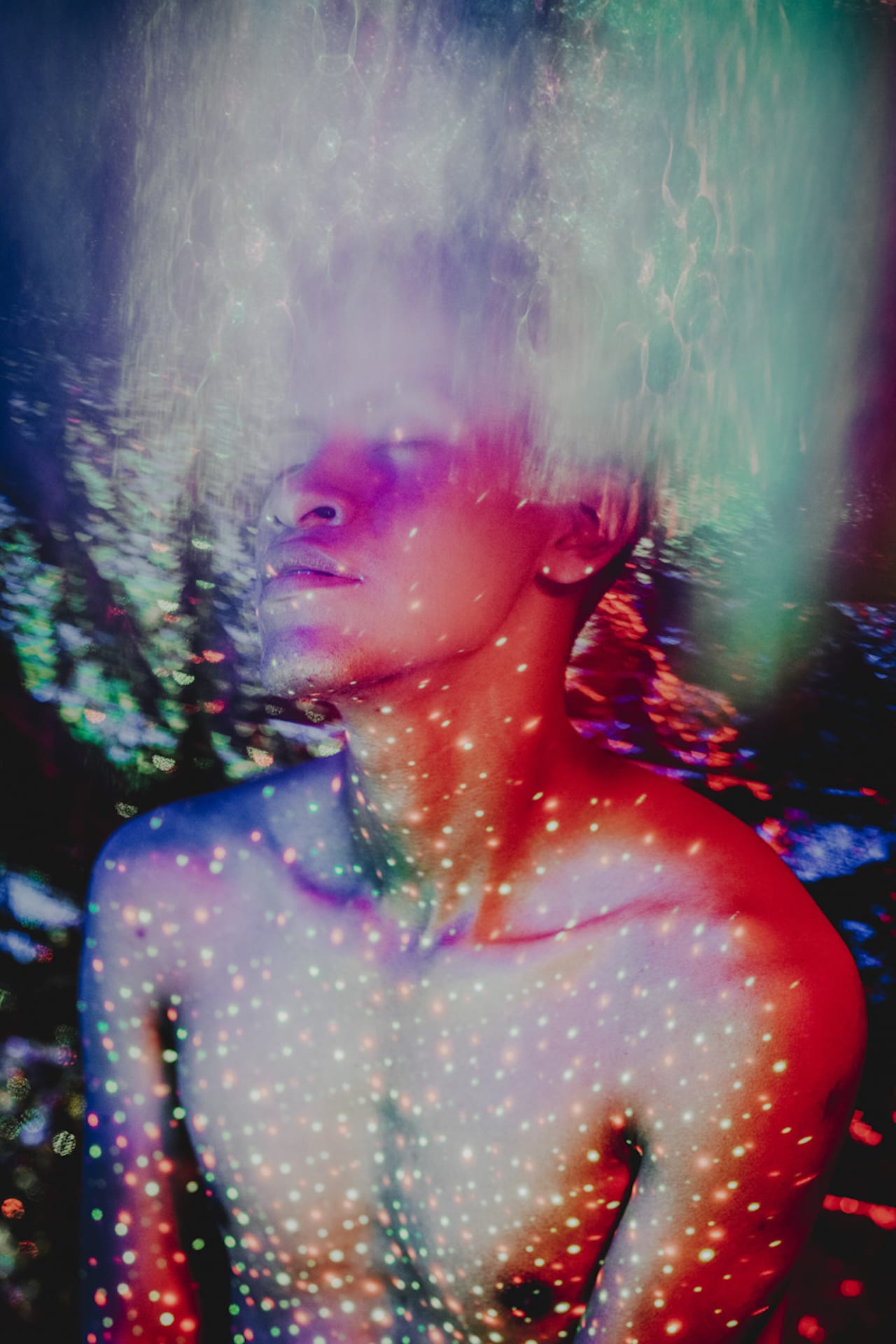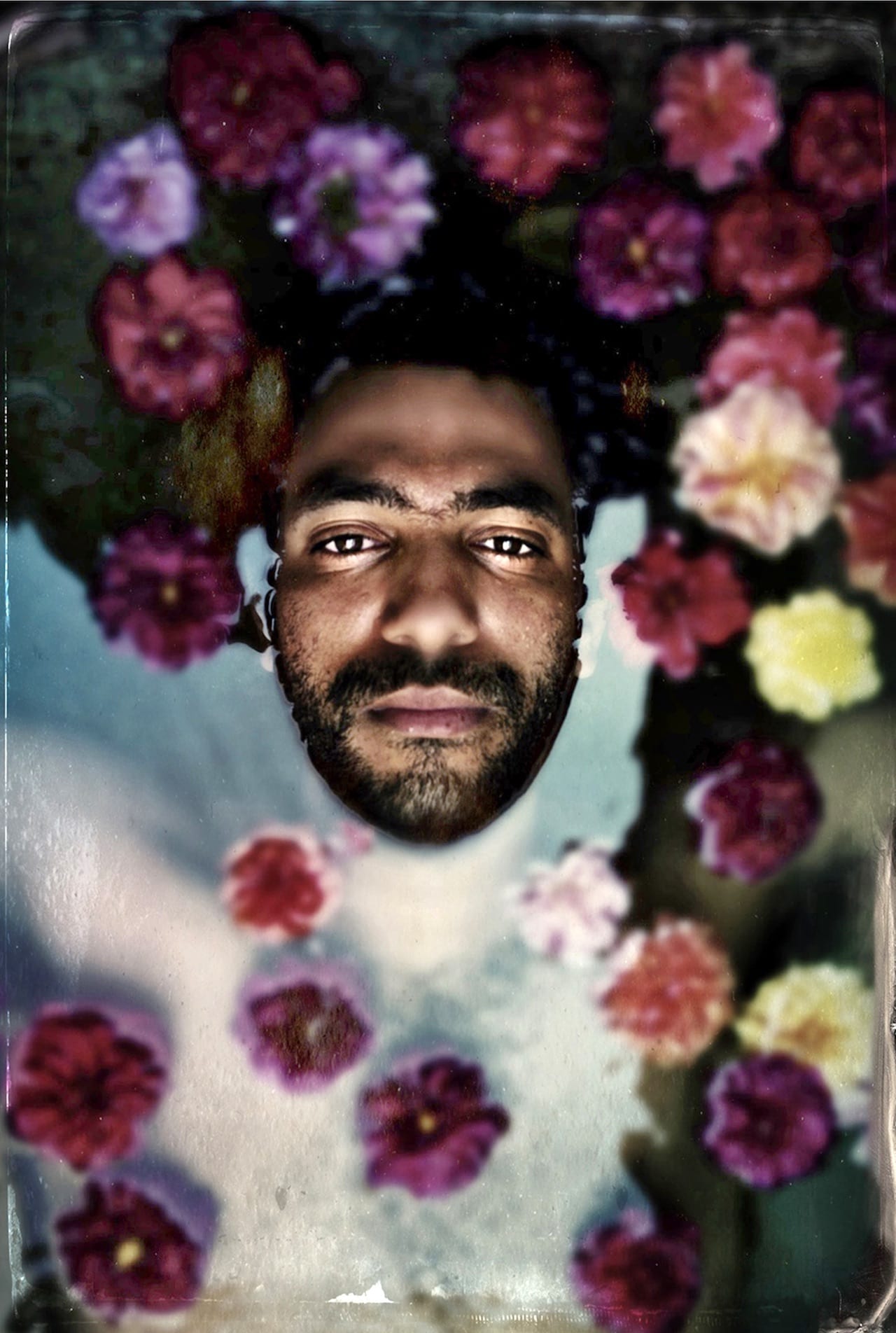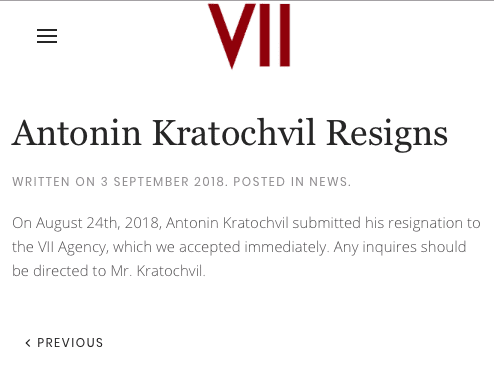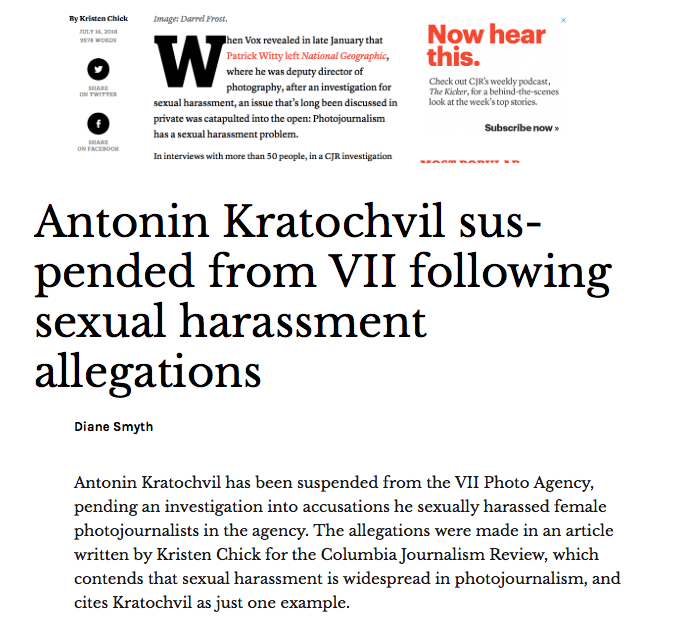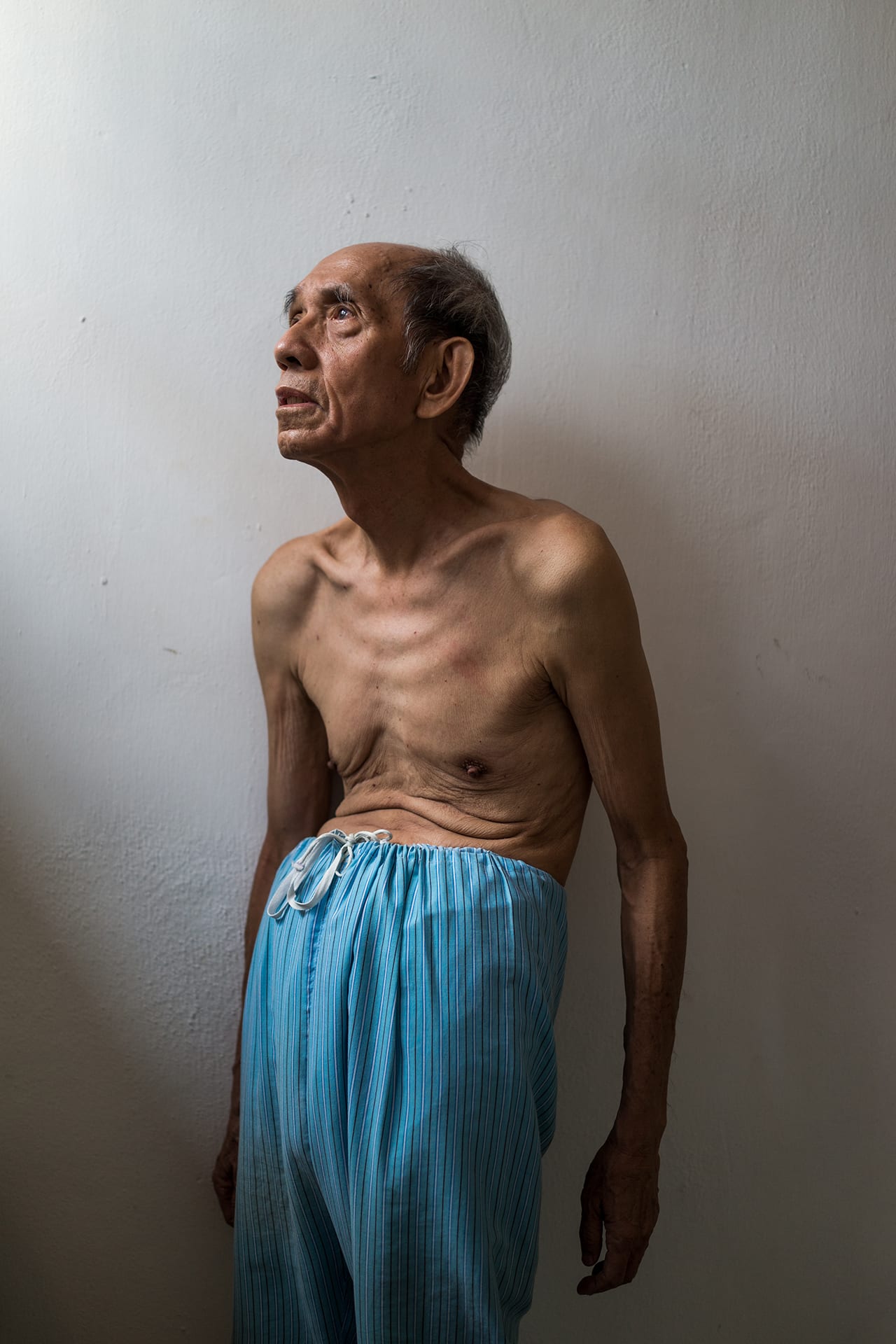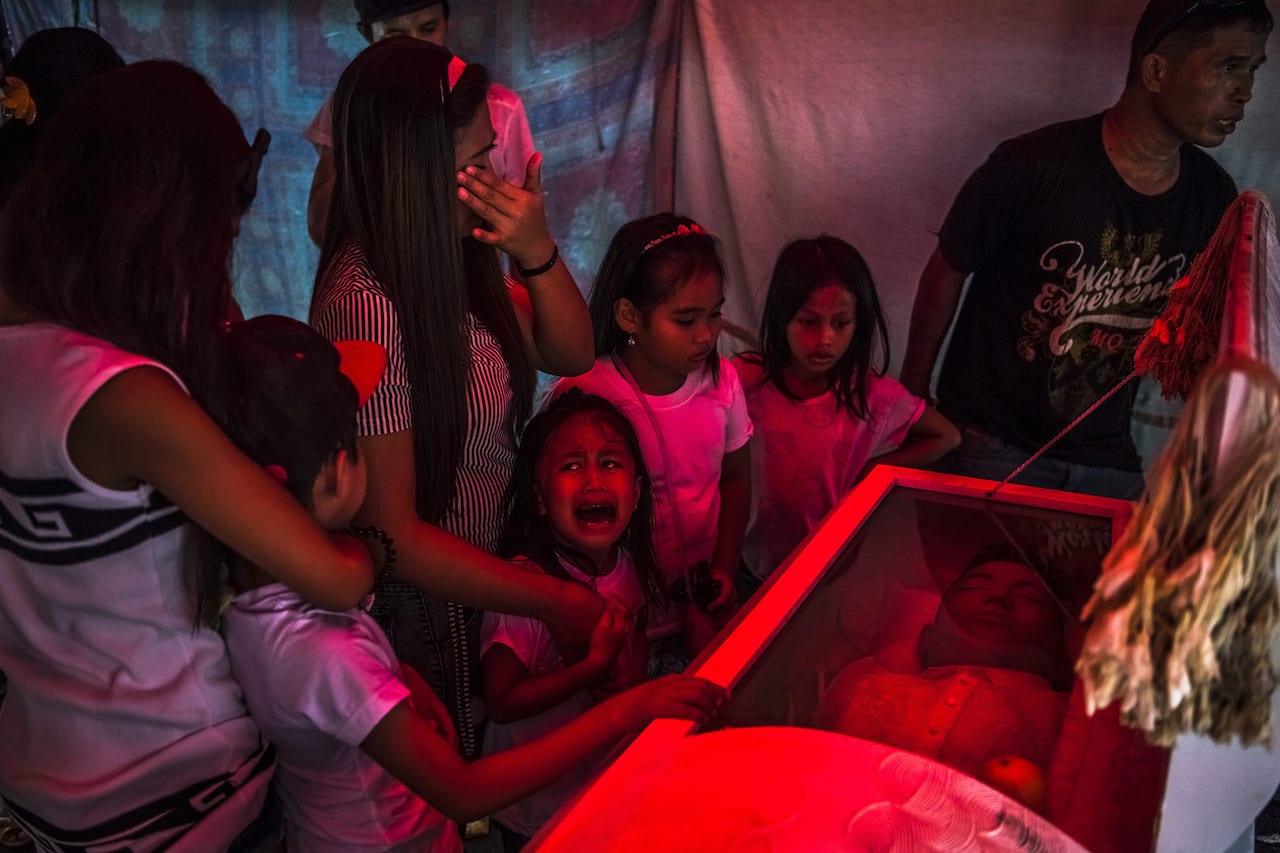Growing up in Peru in a large family “with limited resources”, photography didn’t figure large in Prin Rodriguez’s childhood. In fact her family only got its first camera – a pocket digital camera – when she was finishing secondary school, and was initially firmly against it when Rodrigeuz said she wanted to study photography. “They had the conviction that university education was a way of moving up the social ladder, and that photography did not offer any certainty of this,” she tells BJP. “For my family to have a camera was almost a luxury.”
Despite this Rodriguez persisted, and is now building a successful career in image-making. She’s currently taking part in the VII workshop in Poland, one of only 20 photographers to have been invited to join, and the only one from the whole of Latin America. Her work was recently published on the PHmuseum website, and she has co-founded the Pariacaca collective with fellow photographer Monarca Criollo.

